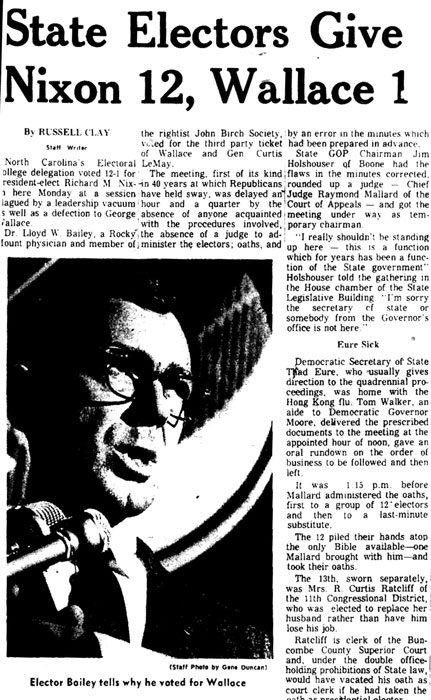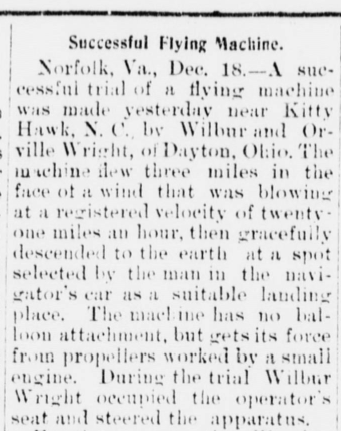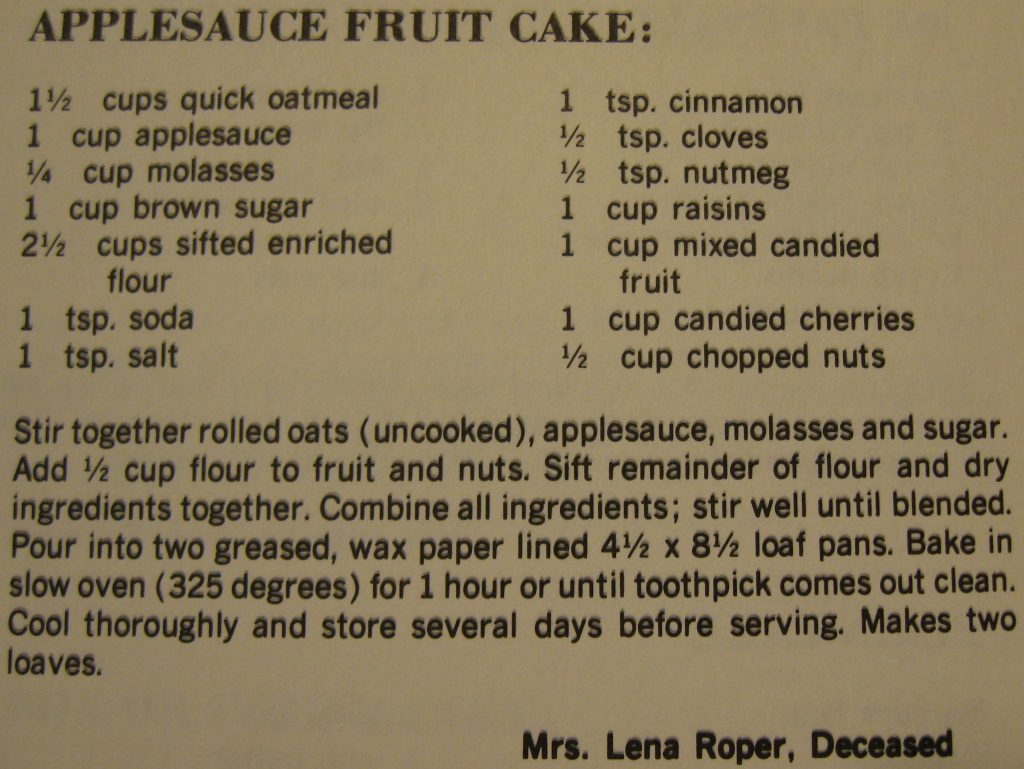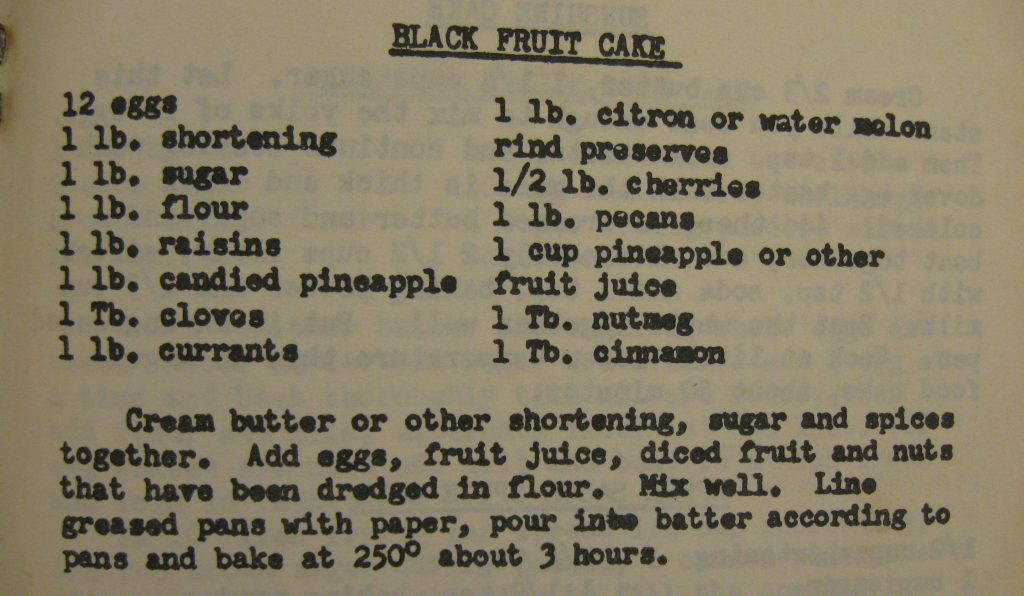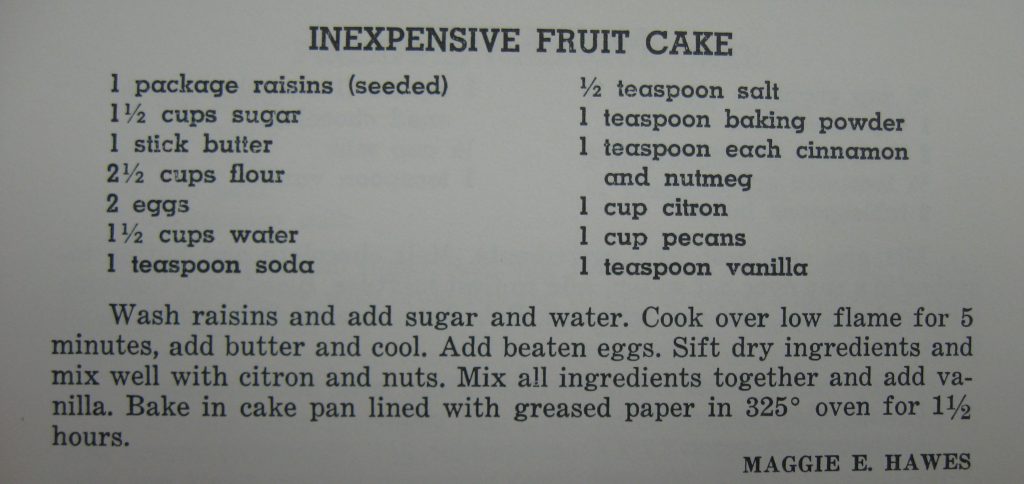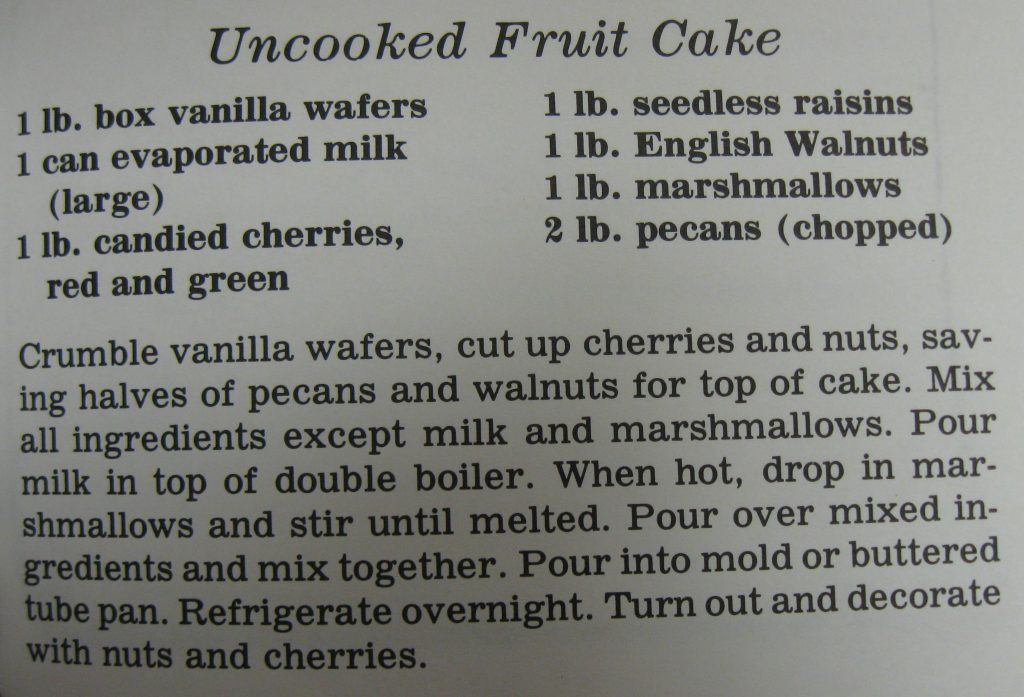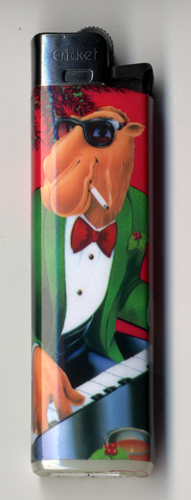
We reached into our tobacco ephemera collection in search of something seasonal and found our December artifact of the month, a holiday-edition “Joe Camel” lighter. On the lighter, Mr. Camel is smoking, naturally. He’s also jamming on a keyboard, wearing sunglasses and a red bowtie. Just off to the side, a red cocktail with a holly garnish stands at the ready.
Joe, the Camel cigarette advertising mascot, gallantly wishes “a smooth holiday season to all.”
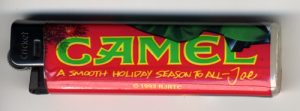
A brief history of Joe Camel, for those not smooth enough to remember: Joe was born in 1974, first used to advertise Camel cigarettes in a French poster. He didn’t appear in the U.S. until 1987, when his image was used by Greensboro-based Trone Advertising to celebrate the 75th anniversary of Camel. In 1991, R.J. Reynolds boasted that Joe Camel’s line of merchandise brought in $40 million a year in advertising revenue.
In 1991, the Journal of the American Medical Association published a study that Camel didn’t consider very cool: The study found that there was no difference between the number of 6-year-olds who could match Joe Camel with cigarettes and the number who could match the Disney Channel logo with Mickey Mouse. Other studies followed. Things got litigious, with complaints and lawsuits between the Federal Trade Commission and R.J. Reynolds.
Eventually, in 1997, R.J. Reynolds voluntarily ended the use of Joe Camel in its advertising.
Is this really an important artifact?
This particular Joe Camel lighter is disposable, made of cheap plastic, designed to be discarded after lighting its last Camel. So why, then, has this bit of “junk” found a home in the NCC Gallery, along with Civil War artifacts and Chang Bunker’s rifle?
Our collection of tobacco ephemera provides a three-dimensional record of the tobacco industry’s public face, particularly as it’s changed over the years. Cigarette marketing and advertising give us a singular glimpse into the appeal and perception of tobacco use by the American public, as well as industry efforts to shape those perceptions.
Joe Camel hasn’t been gone for long but the cultural moment that allowed him to exist already seems like ancient times. We’re glad to have the lighter as a relic of that bygone era.

